According to a Invesp, 50% of multichannel marketers consistently achieve their financial goals. If you’re not familiar with multichannel communication, don’t worry! We’ll cover everything you need to know in this blog post.
With over a decade of experience, we know exactly what it takes to create a successful multichannel approach at imail comms. We understand the nuances of each communication channel—whether it’s email, social media, SMS, or direct mail—and how to integrate them into a powerful strategy.
Ready to take your customer communications to the next level?
Multichannel Communication Definition
‘Multichannel communication’ refers to using more than one communication channel to interact with your audience.
Not sure what a communication channel is? It can be anything that you use for customer communications—email, social media, SMS and more.
What is the Difference Between Multichannel and Omnichannel Communication?
A multichannel communication strategy helps you to reach a wide audience and ensures that your message is spread across multiple platforms. However, since these platforms operate independently and aren’t connected, you might notice some inconsistencies in your messaging, and customers might not be able to get the same information from each platform.
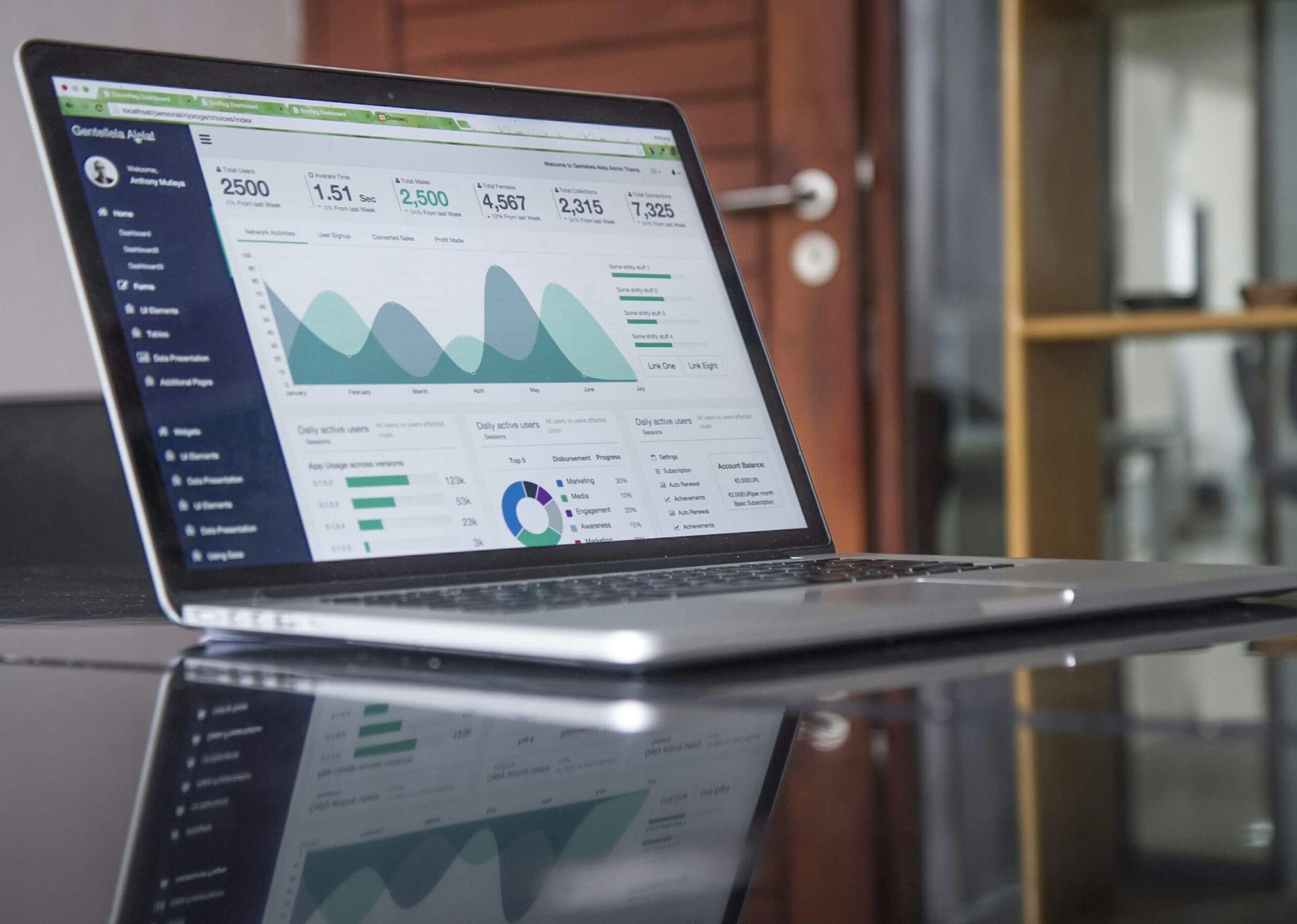
On the other hand, omnichannel communication focuses on creating a personalised, customer-centric experience across all platforms. This strategy integrates all channels to ensure a smooth customer journey, regardless of the platform they use. Whether a customer interacts with your brand via email, social media, or in-store, they receive consistent and tailored messages that build on their previous interactions.
Which Should I Use?
For many businesses, starting with a strong multichannel strategy can significantly boost engagement and pave the way for a more unified approach in the future. This progression to an omnichannel strategy allows you to move from simply being present on multiple platforms to creating a connected and personalised journey for each customer.
Related: Omnichannel vs Multichannel: Benefits and Distinctions for Effective Communication
Key Considerations for Multichannel Communication
For your multichannel marketing communications to deliver the results you’re looking for, there are a few things you need to plan for.
Know Who You’re Talking To
Understanding your audience by grouping them based on demographics, behaviour, and preferences is really important. This helps in tailoring your messages for maximum relevance and impact, as customers are far more likely to open an email that speaks to their interests, for instance.
Choose Your Communication Channels
Decide which mix of channels, such as email, social media, SMS, and more, to use to reach your audience where they are most active and engaged, focusing on their preferred channels.
Time It Right
Think about when and how often you communicate. Analyse when your audience is most likely to engage with your content (such as marketing emails and social media posts, etc.) and schedule your messages accordingly. This helps avoid overwhelming your audience while keeping them informed and engaged.
Keep It Engaging
Create content and engagement strategies that resonate with your audience. Use a variety of content types, such as informative, entertaining, and promotional, to keep your audience interested.
Be Flexible
The digital landscape is constantly evolving, and so should your communication strategy. Be prepared to adapt and incorporate new channels and techniques as they emerge. Flexibility ensures that your communication remains relevant and effective.
Use Analytics
Using data and analytics allows you to track and analyse the effectiveness of each channel. Tools and platforms that provide analytics can help you understand which channels are performing best and why.
Diversify Your Channels
Each channel has its strengths and can be used to target different segments of your audience. By using several different channels, you ensure that your message is seen by as many people as possible.
However, most important is to do what works for your company. Keep in mind that it’s better to have a solid strategy for just a couple of channels than to spread yourself too thin across many and struggle to keep them all running smoothly.
What is a Multichannel Communication Strategy Example?
As an example of multichannel communications, let’s look at a retail business.
The Challenge: A retailer needs to reach customers who interact with the brand in various ways—through physical stores, online shopping, social media, and email newsletters. The goal is to create a communication strategy that caters to these different touchpoints without overwhelming the customers.
The Strategy: To tackle this, the company could develop a comprehensive multichannel communication strategy that includes:
- Email Campaigns: Regular emails sent to all customers, featuring offers, new product launches, and store updates.
- Social Media Engagement: The retailer maintains active social media profiles where they share promotional content, engage with customers through comments and messages, and run targeted ad campaigns.
- SMS Notifications: Time-sensitive offers and reminders are sent via SMS, ensuring customers receive updates promptly.
- In-Store Promotions: Customers visiting physical stores receive information about ongoing sales and special in-store events.
Why is a Multichannel Communication Strategy Important?
Here’s how using multiple communication and marketing channels can make an impact on your business.
Enhanced Customer Experience
A multichannel communication strategy significantly enhances the customer experience by meeting customers where they are. By utilising various channels such as email, social media, SMS, and direct mail, you ensure that your customers receive timely and relevant information in their preferred format.
Increased Reach
Implementing a multichannel communication strategy helps to increase your reach, allowing you to connect with a larger audience. According to Salesforce, it takes 6 touchpoints for customers to decide to make a purchase. By being present on multiple channels, you increase the chances of these touchpoints occurring, thereby improving the likelihood of conversions.
Valuable Insights
A multichannel communication strategy provides valuable insights into customer behaviour and preferences. By analysing data from various channels, you can gain a comprehensive understanding of your audience, which can inform your overall marketing strategy.
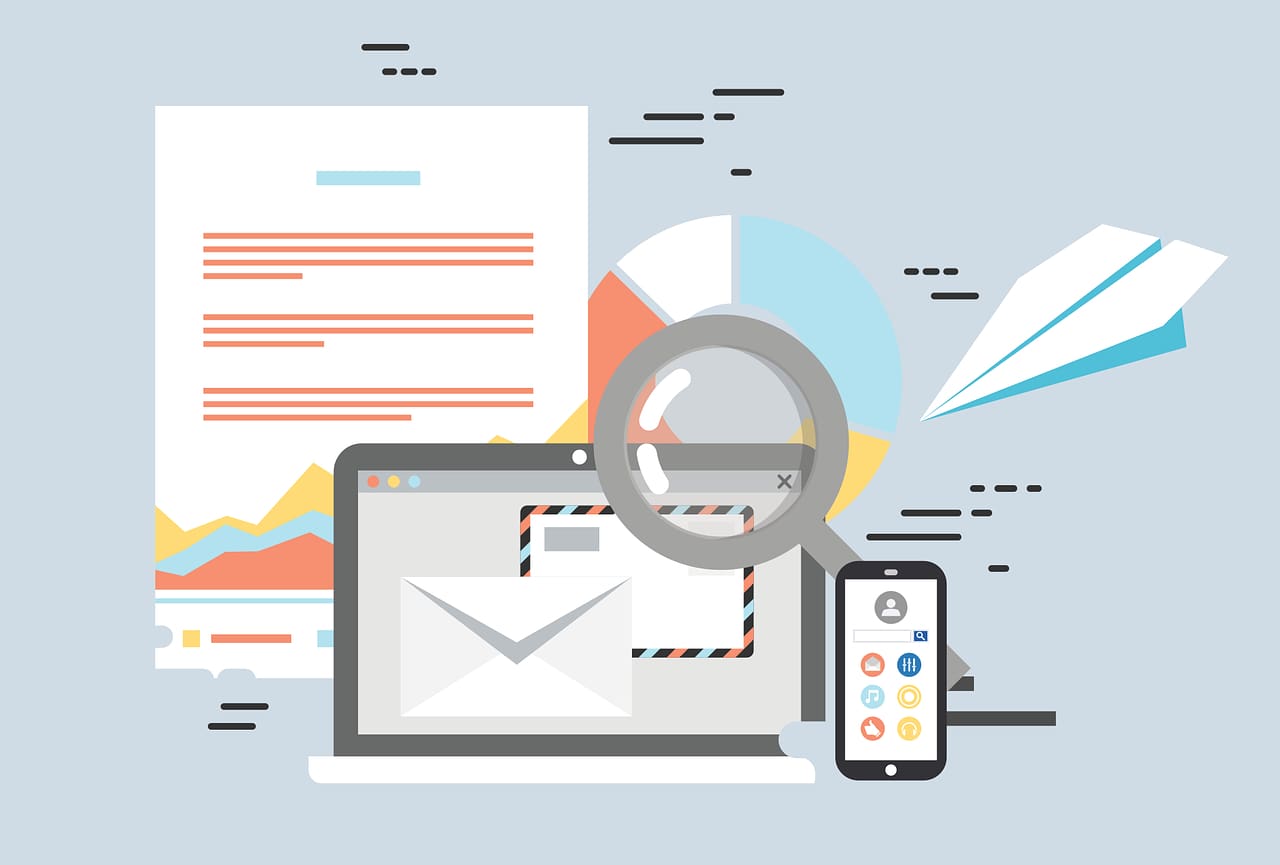
How to Develop a Multichannel Communication Strategy
So, what goes into developing a successful multichannel communication strategy?
Related: How to Create a Multichannel Strategy
Segment Your Audience
As we’ve mentioned, understanding who you’re talking to is key. Group your audience based on factors like their job title, lifestyle and pain points to target the right messages to the right people. Did you know that 80% of companies that use market segmentation see increased sales? That’s a powerful reason to start segmenting!
Consider Mobile Devices
More people are using smartphones for just about everything. Make sure your communications are mobile-friendly. This includes emails formatted for mobile devices, SMS updates, and mobile app notifications if you have them.
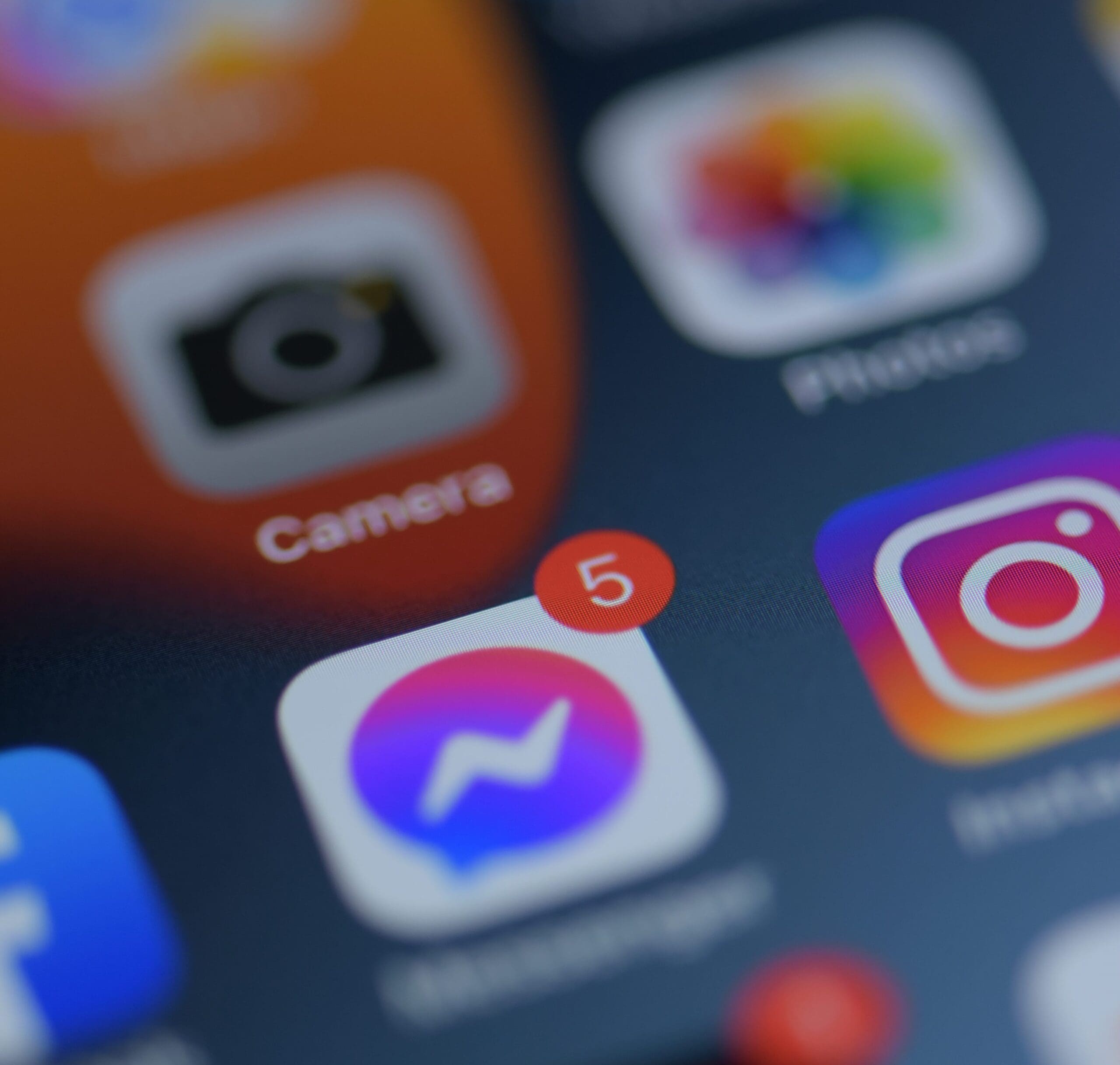
Use AI to Your Advantage
AI tools can supercharge your communication strategy by keeping you informed on the changes you might not be able to directly see happening. For instance, Google’s GA4 uses AI to detect emerging trends in your data, helping you to make fully informed marketing decisions.
Some more examples of AI in action include:
- Personalisation: AI can tailor emails based on user behaviour and preferences.
- Chatbots: You can use AI-powered chatbots to provide instant customer service to basic questions on your website, with employees ready to take over if needed.
Measure Everything
Analytics are important for figuring out how well your multichannel communication strategy is doing. They provide detailed insights into which channels are performing best, how your audience is engaging with your content, and where there are opportunities for improvement.
What to track:
- Engagement Rates: Monitor likes, shares, and comments on social media.
- Open and Click-Through Rates: Track how many people open your emails and click on links.
- Conversion Rates: See how many people take the desired action after receiving your message.
- Customer Retention: Measure how many customers keep engaging with your brand over time.
- Return on Investment (ROI): Assess the financial return of your marketing campaigns compared to their cost.
Top Communication Channels To Use
What are the best channels to use in a multichannel communication strategy?
Email isn’t going anywhere anytime soon! It’s a core part of any multichannel communication strategy and it’s an excellent way to reach your customers directly.
Best practices:
- Clear subject lines: Make subject lines concise and descriptive to improve open rates.
- Concise content: Keep emails brief and to the point, focusing on the main message.
- Call to action: Include clear and actionable next steps for the recipient.
SMS
SMS is a powerful tool for urgent and time-sensitive communications. Complementing traditional methods like phone calls, it ensures comprehensive customer outreach. Most customers have access to SMS at more times than any other communication channel, making it particularly effective for reaching them quickly.
Applications:
- Promotional offers: Notify customers about special deals, discounts, or sales events to drive immediate action.
- Order updates: Keep customers informed about the status of their orders, from confirmation to delivery.
In-Person Communication
In-person communication is still key to building strong customer relationships. Face-to-face interactions allow for more personal and direct engagement.
Applications:
- Events and trade shows: Engage with customers at events for direct interaction and feedback.
- In-store interactions: Offer personalised service and support through in-store staff.
Direct Mail
Direct mail refers to any physical mail sent to your customer. It’s is a tried-and-true method for marketing that creates a lasting impression.
Applications:
- Promotional materials: Send brochures, flyers, or catalogues highlighting products and offers.
- Event invitations: Invite customers to special events or sales through direct mail.
Social Media
Social media platforms offer an unmatched opportunity to connect with your audience and build lasting relationships.
Applications:
- Content sharing: Share posts to keep customers informed and entertained.
- Customer interaction: Respond to comments, messages, and reviews to build relationships and address concerns.
- Advertising: Use targeted ads to reach specific customer segments with tailored messages.
Live Chat
Live chat offers real-time support and answers to customer queries directly on your website or app, making it incredibly convenient for customers to get the help they need without delay.
Applications:
- Customer support: Provide instant assistance to customers browsing your site or app.
- Issue resolution: Quickly address and resolve customer issues to enhance satisfaction.
Notifications
With push notifications, you can alert customers about special promotions, new product launches, or important updates, capturing their attention even when they aren’t actively using your app.
Applications:
- Promotions: Alert customers about special offers and discounts.
- Reminders: Send reminders for appointments, renewals, or upcoming events.

For Communications That Count: imail comms
Navigating the world of multichannel communication can be overwhelming—it’s often filled with jargon and complex terms. At imail comms, we believe in keeping things simple and clear.
We focus on what matters: helping you connect with your audience in meaningful ways. By avoiding unnecessary jargon, we make it easier for you to grasp the essentials and apply them to your business. At imail comms, we’re dedicated to providing guidance that makes sense, so you can achieve your communication goals with confidence and ease.
We guide you through every element of your multichannel communication strategy, ensuring you’re never left confused or stuck on what to do next.
Make your future communications your best yet.
Frequently Asked Questions (FAQ’s)
More questions on multichannel communications? We’ve gone through the most frequently asked questions below.
What are the key benefits of a multichannel communication strategy?
Using a multichannel communication strategy unlocks a wealth of key benefits. These include:
- Enhanced Customer Experience: Engage customers on their preferred platforms.
- Increased Reach: Connect with a broader audience across multiple channels.
- Targeted Messaging: Personalise content to specific audience segments for better customer engagement.
- Higher Engagement: Maintain a consistent presence and encourage interaction across platforms.
How can AI enhance multichannel communication strategies?
By analysing customer data, AI tailors messages and offers to individual preferences, making your communication more relevant and engaging. AI-powered tools, such as chatbots, can also provide instant responses to customer queries, freeing up your team to focus on more complex tasks.
What metrics should I track to measure the success of my multichannel communication strategy?
Start with engagement metrics like open rates and click-through rates to see how well your emails and messages are performing. Conversion rates help you understand how many recipients take the desired action after engaging with your content. Customer satisfaction scores and feedback can give you insights into how your audience perceives your communications. Keep an eye on the reach and impressions across different channels to gauge your overall visibility.
This data-driven approach allows you to make more meaningful connections with your audience, ultimately driving greater success for your business.


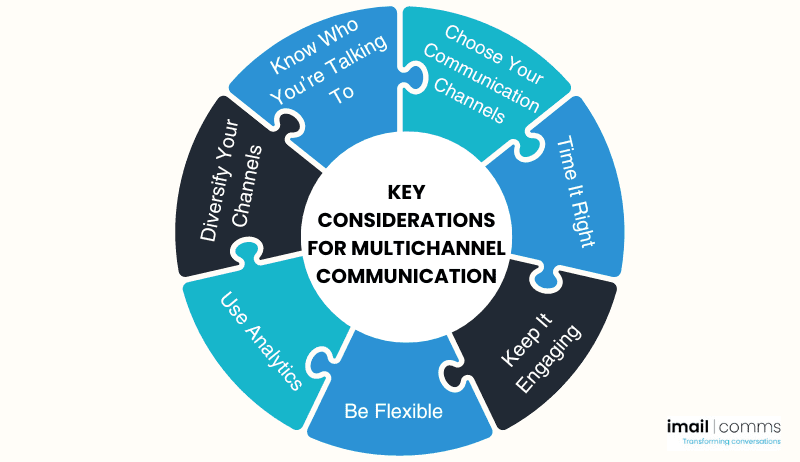

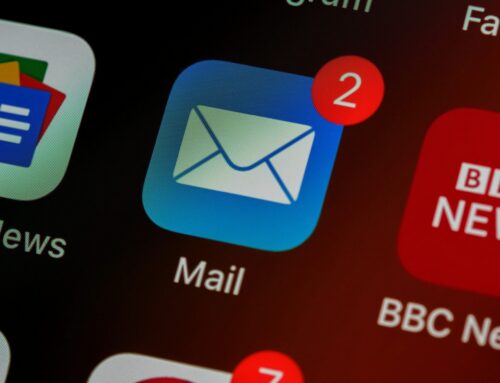
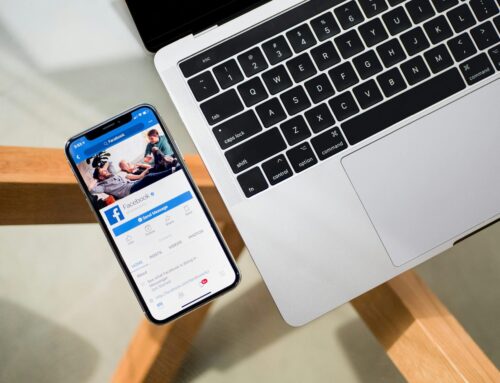
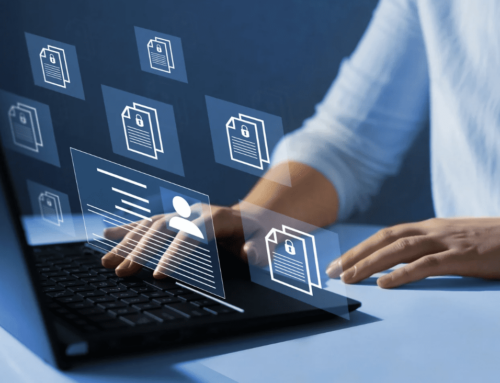

Leave A Comment
You must be logged in to post a comment.